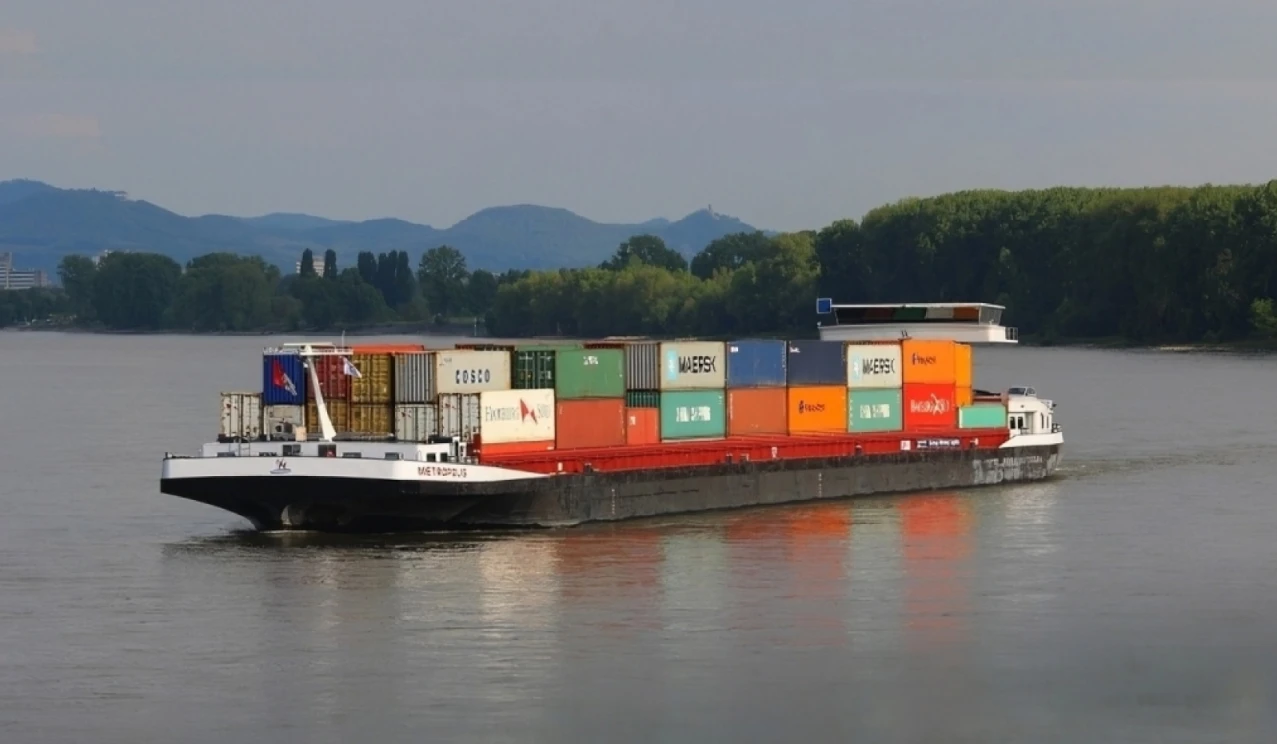Located near Bhutan and Bangladesh, the terminal holds strategic importance, crucial for India’s bilateral trade and promotes Neighbourhood First Policy.
About Inland Water Transport
- Meaning: It refers to the movement of people and goods on navigable waterways like rivers, canals, lakes, and other inland water bodies.
- Legislative Frameworks
- Inland Waterways Authority of India Act, 1985: It created Inland Waterways Authority of India (IWAI) in 1986.
- It is an autonomous organization responsible for development, maintenance and regulation of National Waterways (NWs).
- National Waterways Act, 2016: It has declared 111 inland waterways as ‘National Waterways’ (NWs).
- E.g., NW-1 (Haldia – Allahabad on Ganga-Bhagirathi-Hooghly River System), NW-2 (Dhubri – Sadiya on River Brahmaputra), etc.
- Inland Vessels Act, 2021: It replaced over 100 years old Inland Vessels Act, 1917 to facilitate harmonised regulation of the inland vessels and their safe navigation.
- Inland Waterways Authority of India Act, 1985: It created Inland Waterways Authority of India (IWAI) in 1986.
Significance of Inland Water Transport
- Aids Logistics sector: Cargo traffic on NWs has witnessed an exponential growth in the last decade.
- Boosts Tourism sector: E.g., Cruise Bharat Mission aims to significantly increase sea and river cruise travellers by 2029.
About IWT Jogighopa
|





